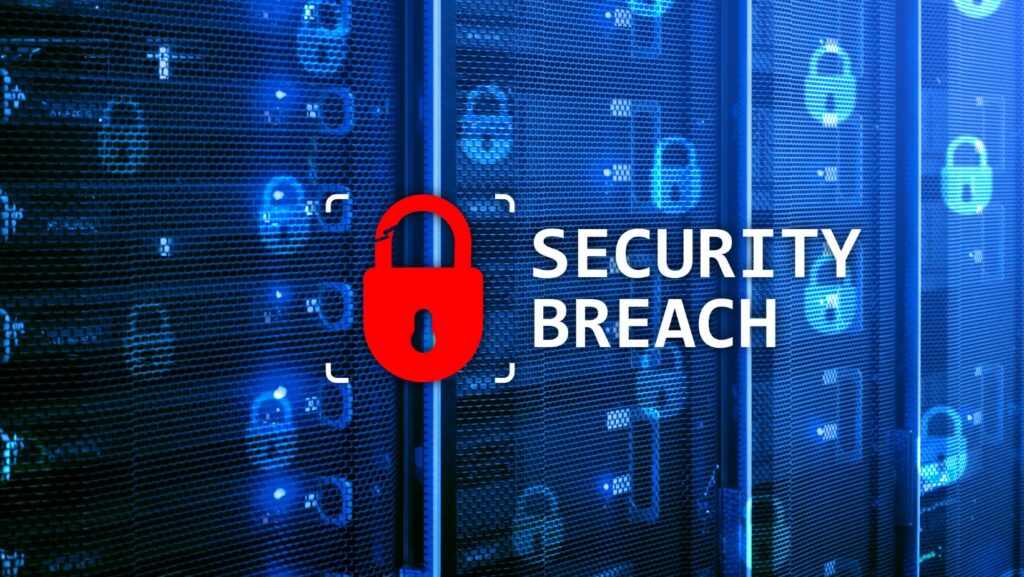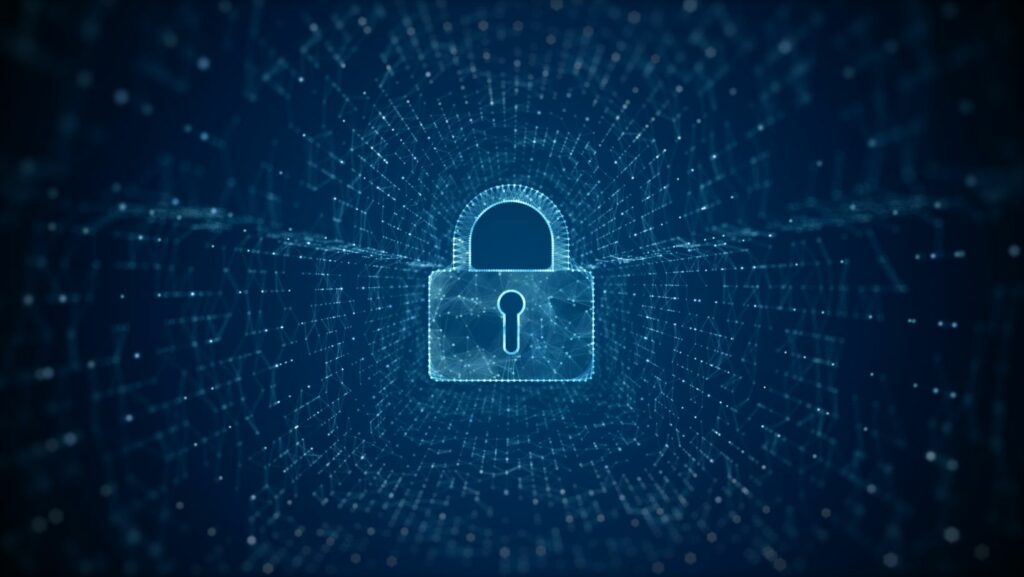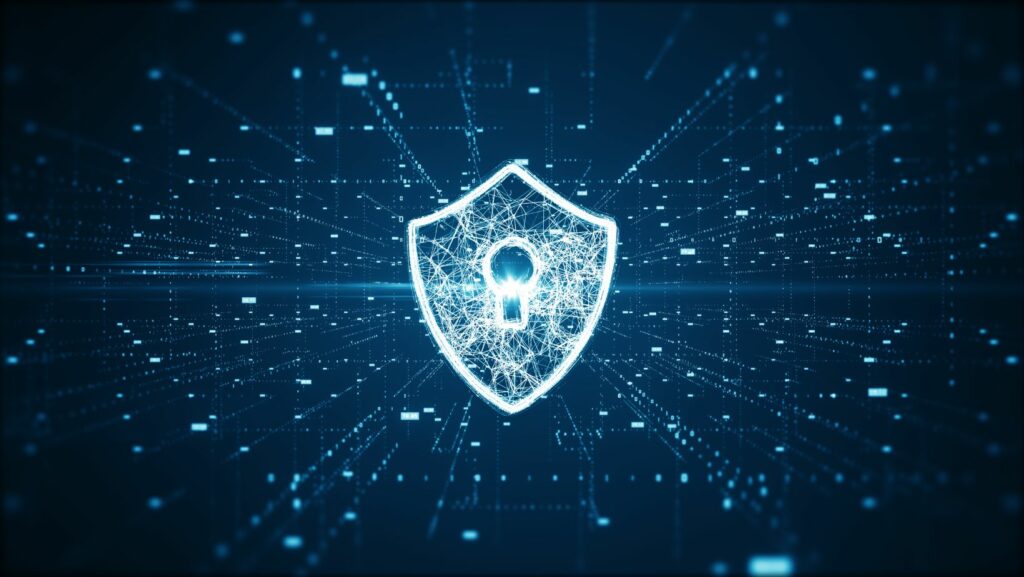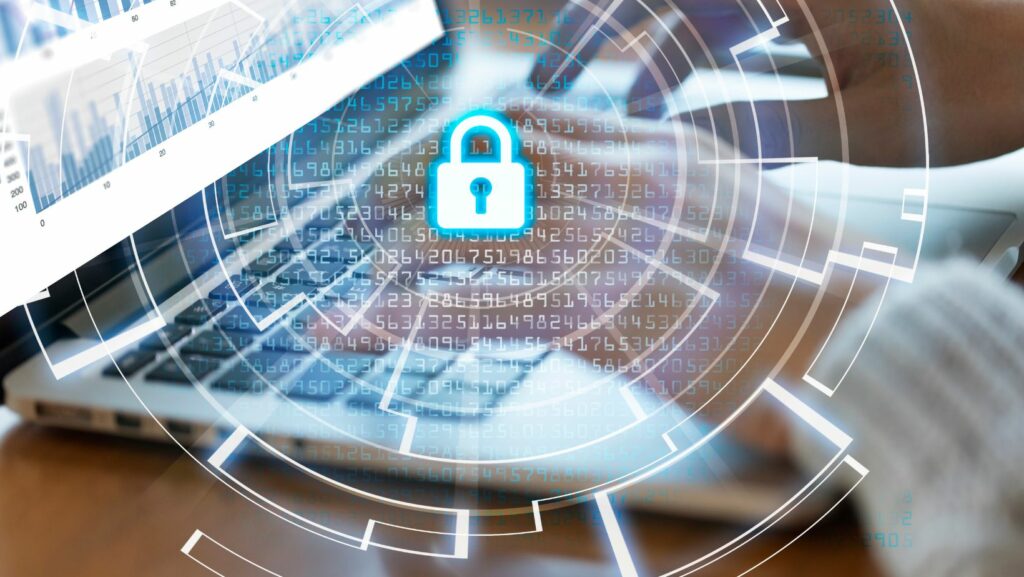How Technology is Transforming B2B Podcasts
In the rapidly evolving world of business communication, podcasts have emerged as a powerful tool for B2B companies to connect with their audiences. But behind the engaging conversations and insightful interviews lies an intricate web of technology that supports the creation, distribution, and measurement of these digital audio experiences. From recording software to analytics platforms, […]
How Technology is Transforming B2B Podcasts Read More »










